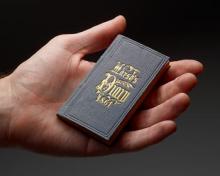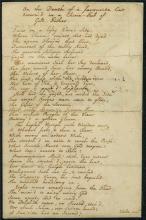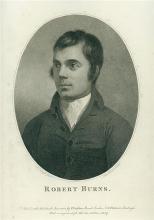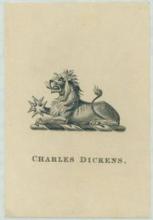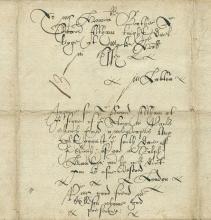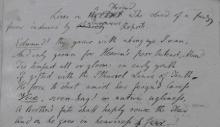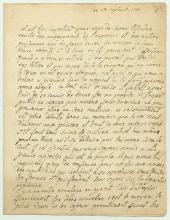Waiting for Ginsberg
Submitted by Christine Nelson on Mon, 01/24/2011 - 11:39amWhen psychiatrists, Marxists, anarchists, and politicos converged on London in 1967 for the Congress of the Dialectics of Liberation, the young Iain Sinclair was there with camera in hand. He and a friend tracked down Allen Ginsberg, counterculture superstar, and interviewed him for their film Ah! Sunflower. In today's guest post, Sinclair describes how he created Kodak Mantra Diaries, a self-published account of that exhilarating summer, combining photographs, personal notes, and reportage into a sort of retrospective diary. A copy is on view in The Diary: Three Centuries of Private Lives.


